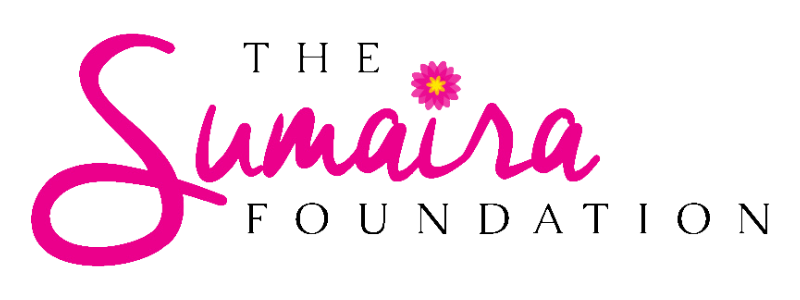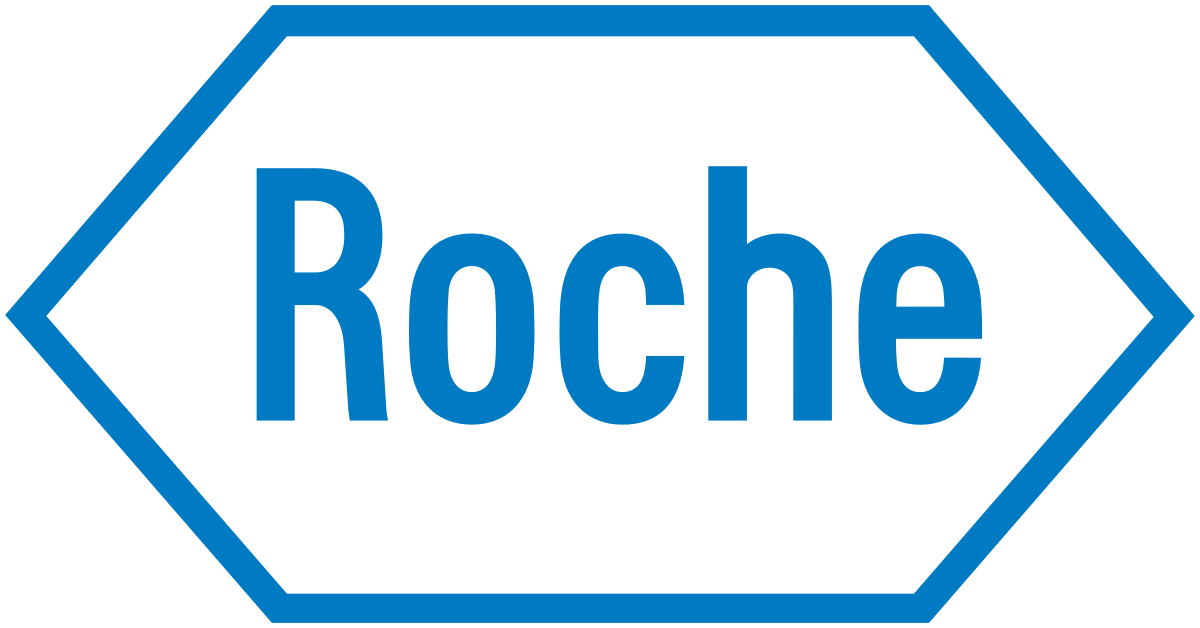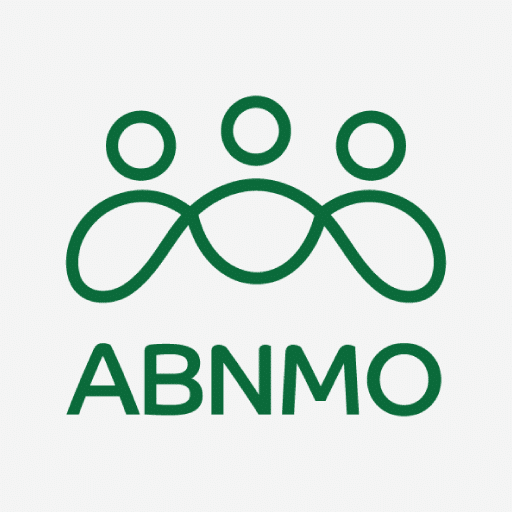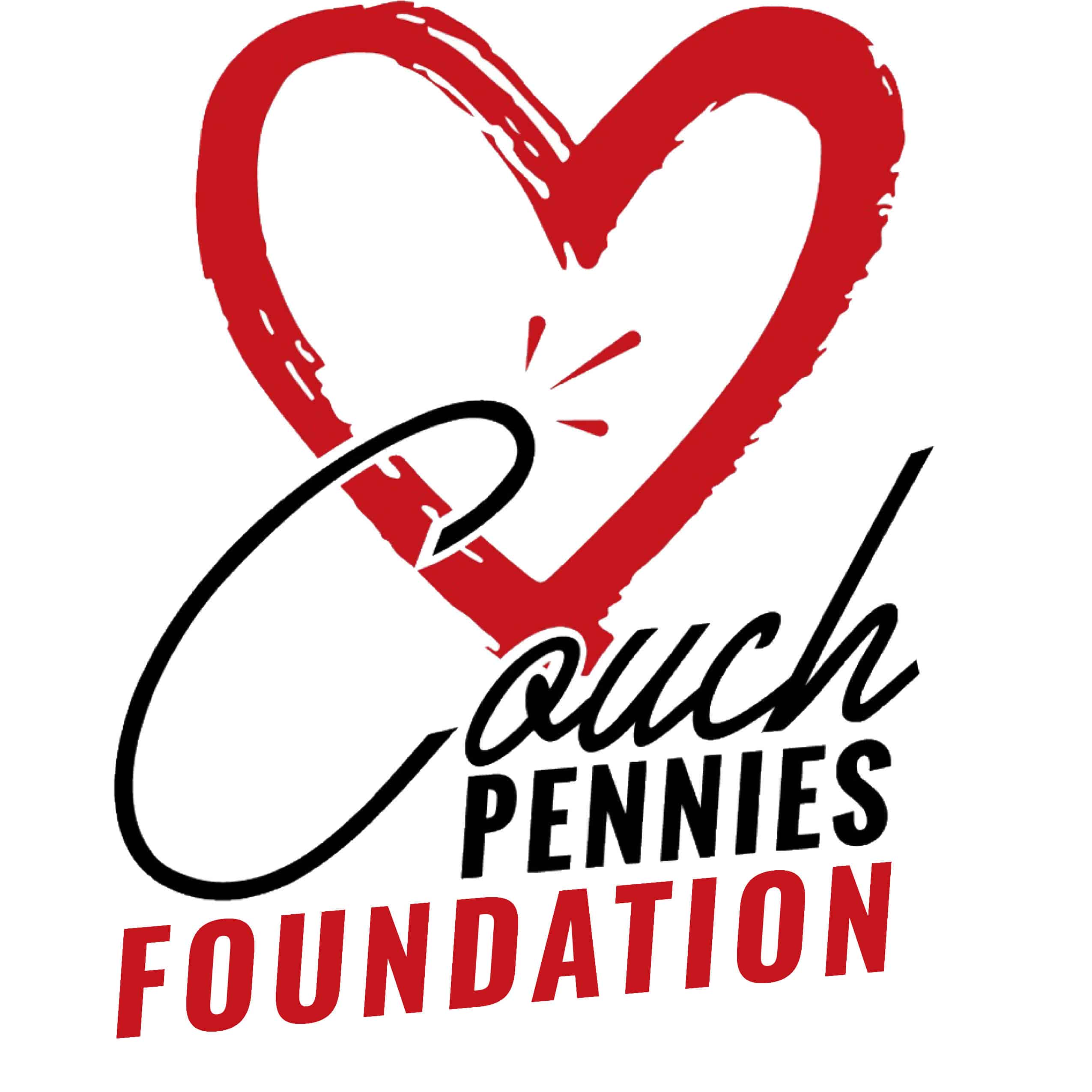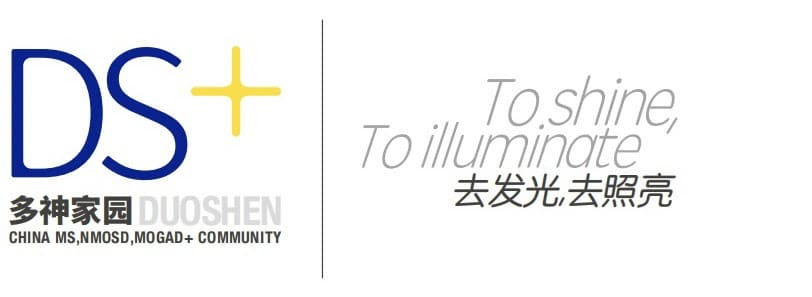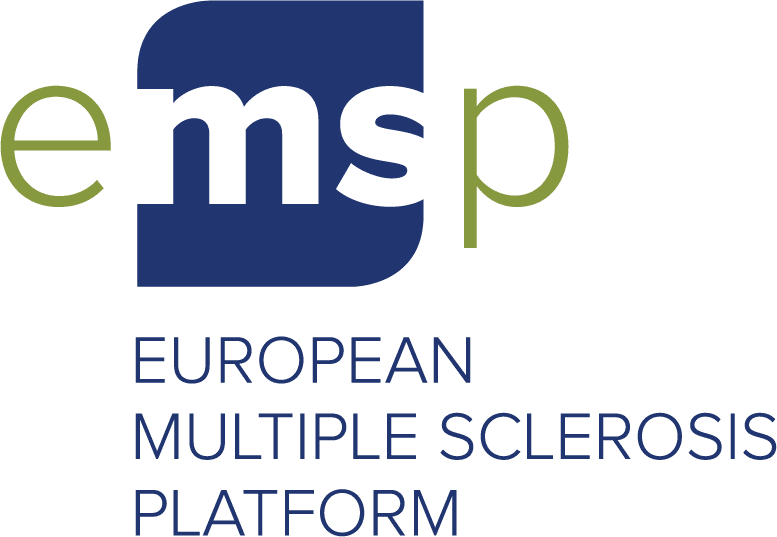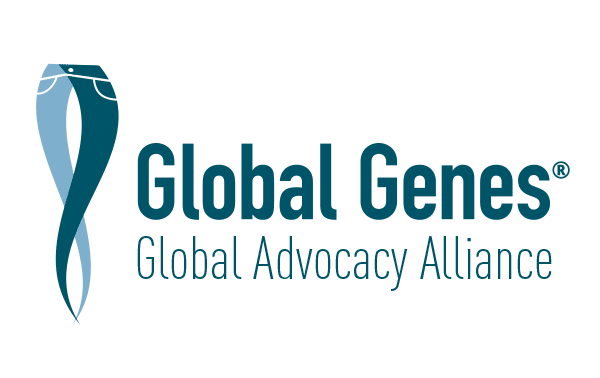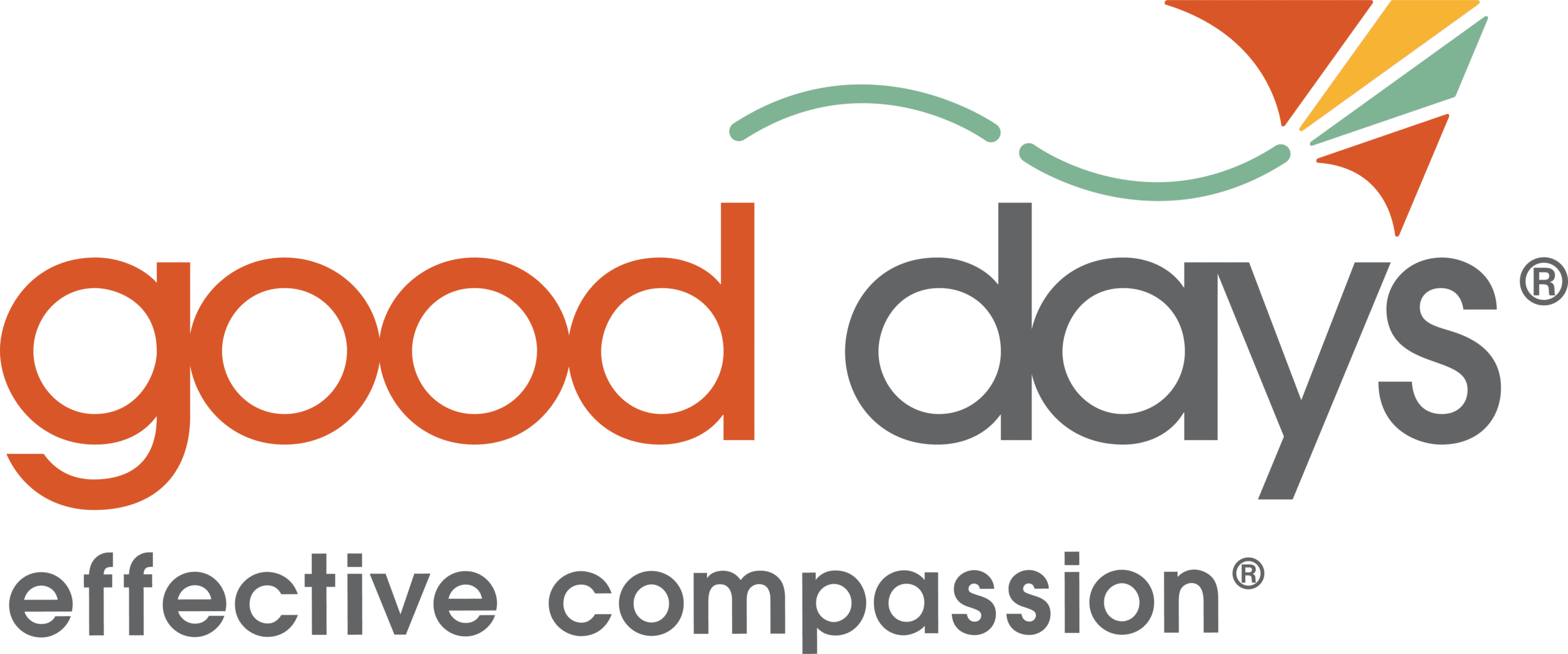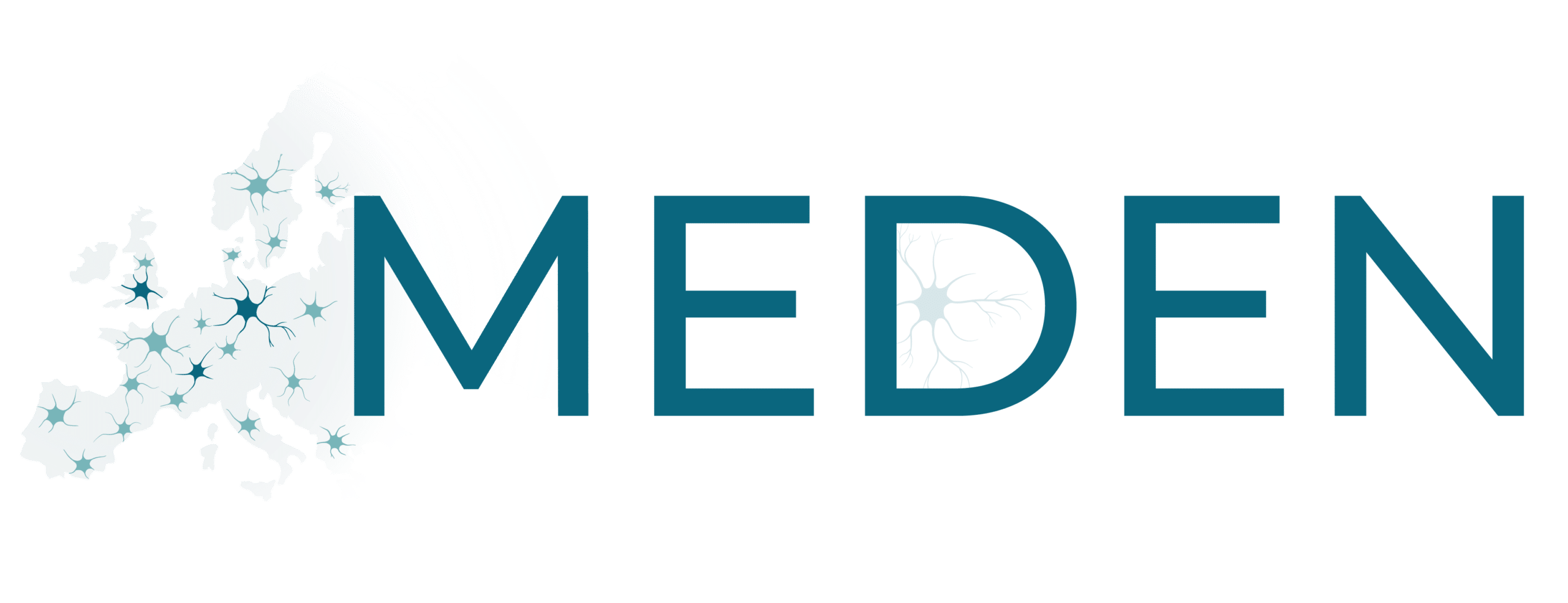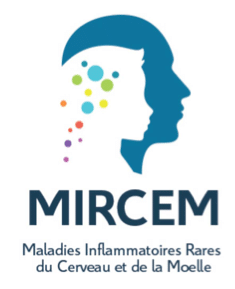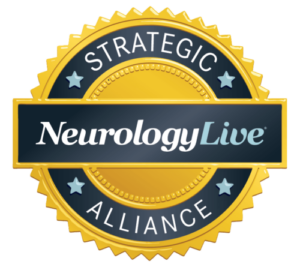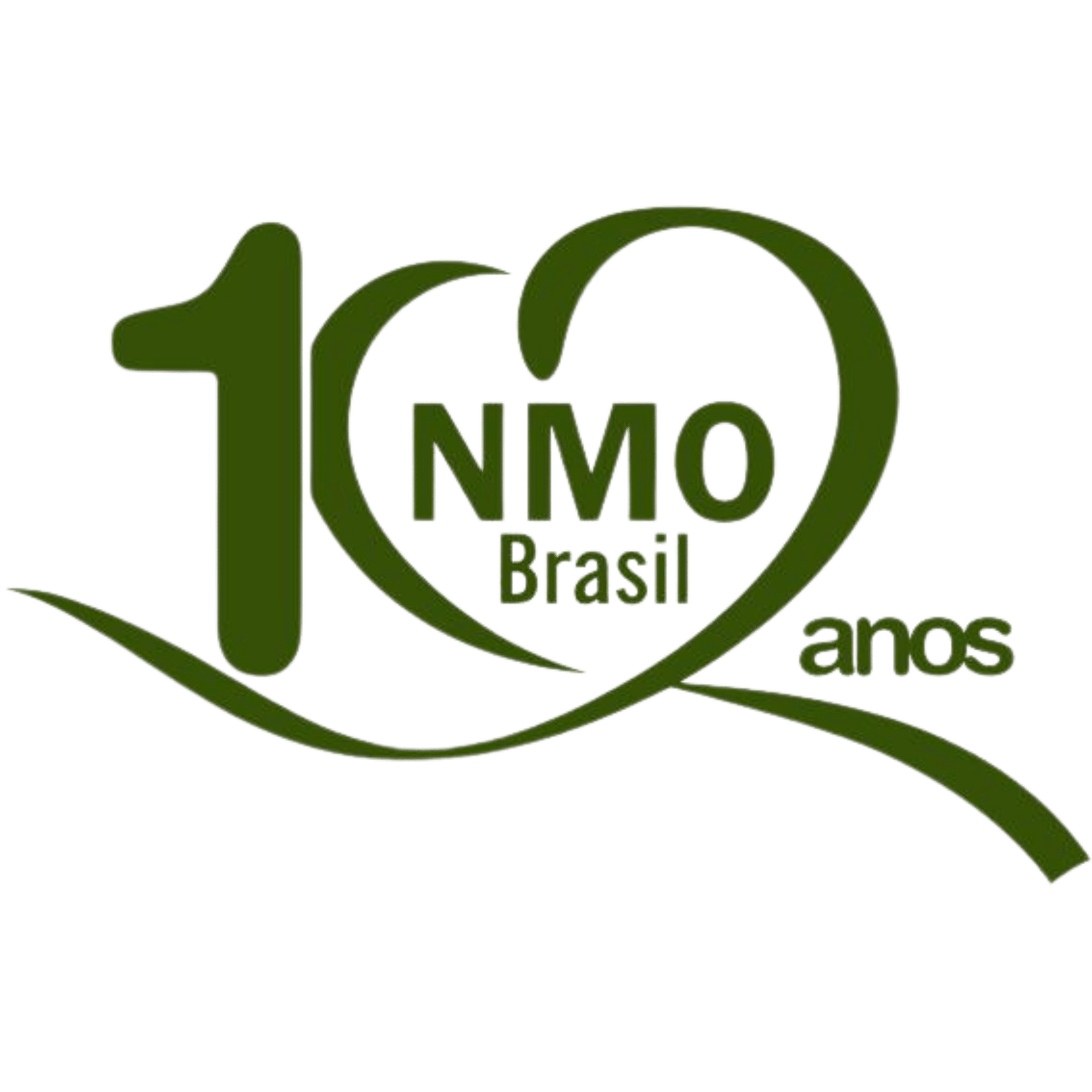Home » Research Summaries » Search Results
Archives: Research Summaries
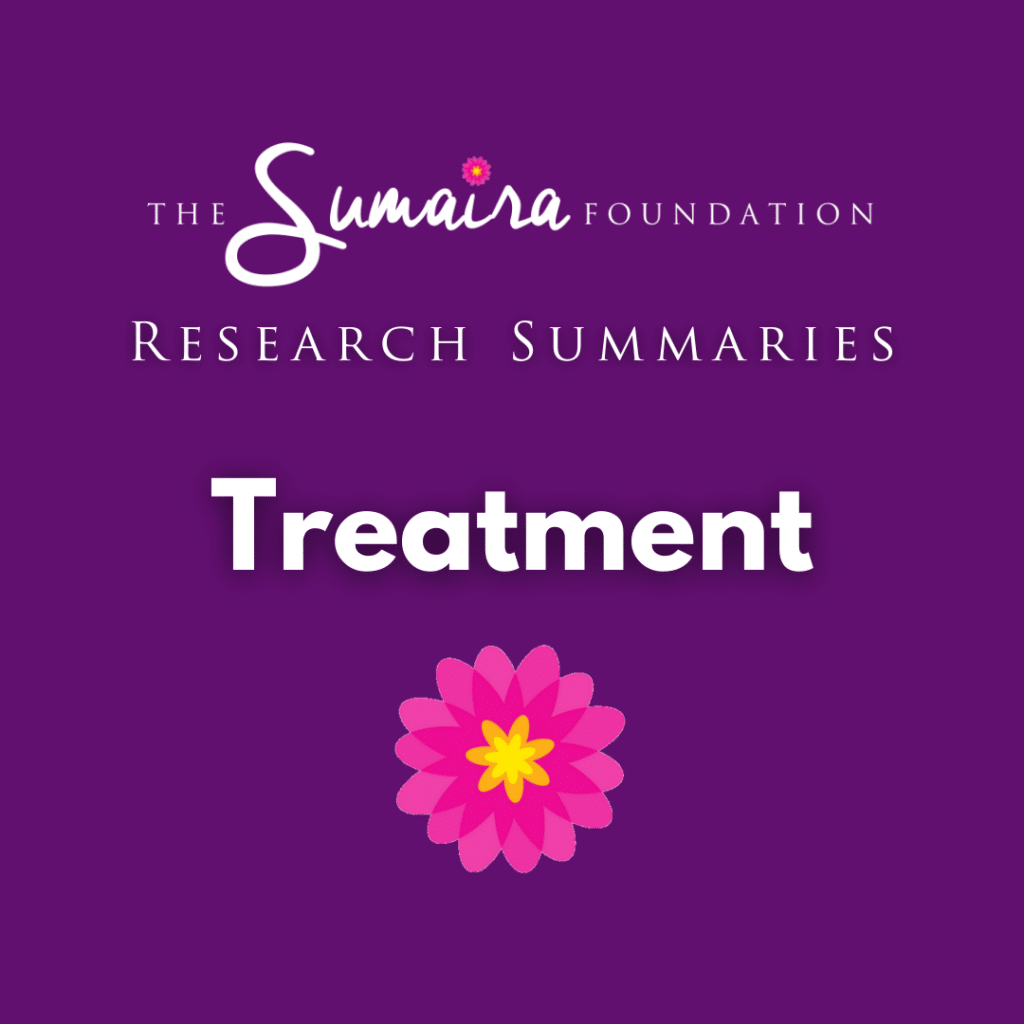
Journal: The Lancet; September 5, 2019
Author(s): Bruce A C Cree, Jeffrey L Bennett, Ho Jin Kim, Brian G Weinshenker, Sean J Pittock, Dean M Wingerchuk, Kazuo Fujihara, Friedemann Paul, Gary R Cutter, Romain Marignier, Ari J Green, Orhan Aktas, Hans-Peter Hartung, Fred D Lublin, Jorn Drappa, Gerard Barron, Soraya Madani, John N Ratchford, Dewei She, Daniel Cimbora, Eliezer Katz; N-MOmentum study investigators
Clinical trial paper of Inebilizumab for the treatment of NMOSD
This study was conducted prior to approval of inebilizumab, a recently approved disease-modifying therapy for NMOSD. This clinical trial study (called the N-Momentum study) assessed the efficacy and safety of inebilizumab in reducing the risk of attacks and disability in NMOSD. Between Jan 6, 2015, and Sept 24, 2018, 230 participants were recruited to the trial and randomly assigned to receive inebilizumab or placebo. The random assignment to groups was stopped before all participants were recruited because a clear efficacy benefit of inebilizumab over placebo was seen; 174 participants received inebilizumab and 56 received placebo. 21 (12%) of 174 participants receiving inebilizumab had an attack versus 22 (39%) of 56 participants receiving placebo. Adverse events occurred in 125 (72%) of 174 participants receiving inebilizumab and 41 (73%) of 56 participants receiving placebo. Serious adverse events occurred in eight (5%) of 174 participants receiving inebilizumab and five (9%) of 56 participants receiving placebo. Compared with placebo, inebilizumab reduced the risk of an NMOSD attack.
Free Access: Abstract only
Read the abstract
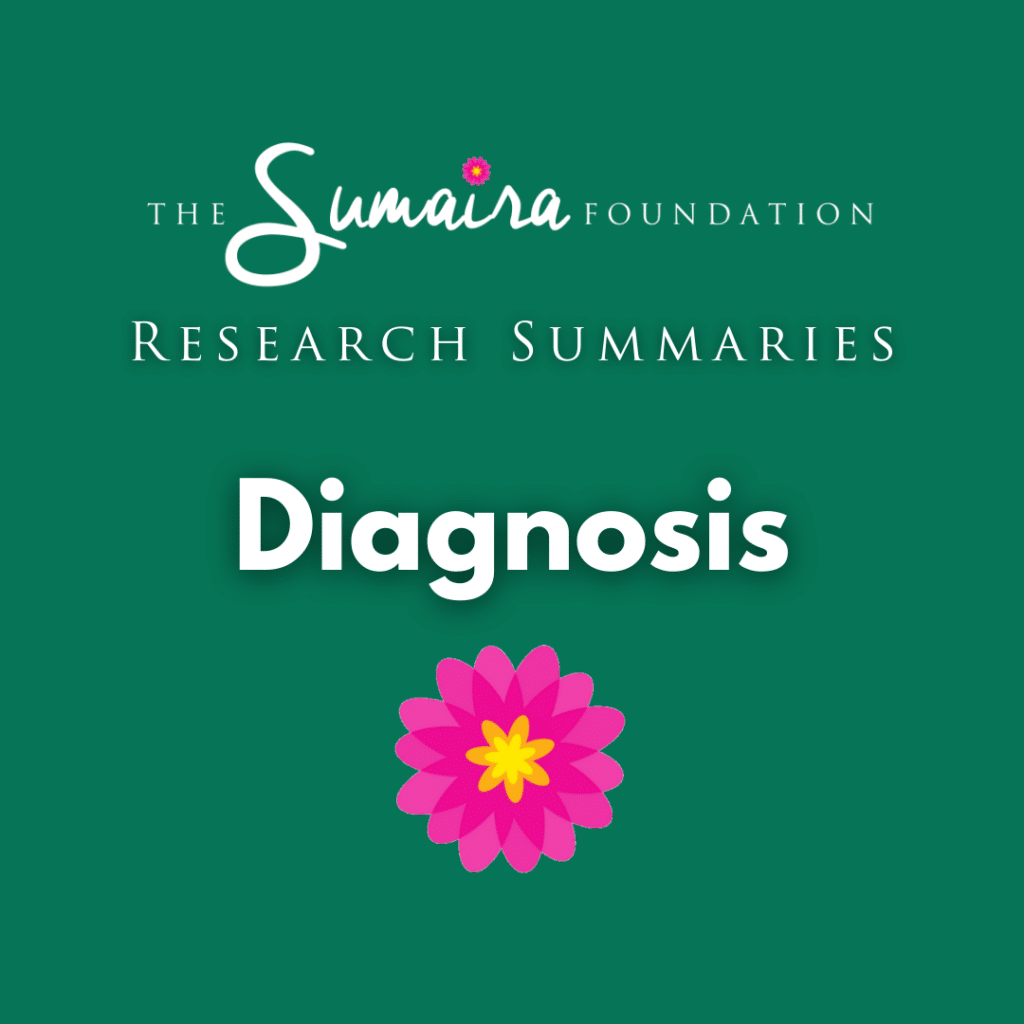
Journal: Journal of Investigative Medicine; March 13, 2023
Author(s): Jacqueline F Rosenthal, Benjamin M Hoffman, William R Tyor
A review of MS, NMOSD, and MOGAD
Although multiple sclerosis is the most common central nervous system (CNS) inflammatory demyelinating disorder, NMOSD and MOGAD share some clinical characteristics of multiple sclerosis, such as optic neuritis and myelitis, which can make a specific diagnosis challenging. However, it is important to distinguish these diseases because they can have distinct clinical features and prognosis and require different treatments. Careful review of the patients’ history, neurological exam, imaging, and/or spinal fluid results are essential to making an accurate diagnosis. This review examines the clinical presentation, diagnosis, and natural history of these inflammatory CNS disorders.
Free Access: Abstract only
Read the abstract

Journal: Multiple Sclerosis Journal – Experimental, Translational and Clinical; June 25, 2021
Author(s): Friederike Held, Sudhakar Reddy Kalluri, Achim Berthele, Ana-Katharina Klein 1, Markus Reindl 2, Bernhard Hemmer
How often do general neurologic patients test positive for MOG antibodies?
This study assessed how many general patients admitted to a neurology department tested positive for MOG antibodies. Blood samples of 2,107 consecutive adult neurologic patients admitted between 2016 and 2017 were tested for Mog antibodies. The results showed that MOG antibodies may be detected at some level in a wide range of neurological disease. High levels of MOG antibody titers were associated with patients who showed clinical features of NMOSD and MOGAD, whereas low titers were presented in several other diseases. Thus, low levels of MOG antibodies are not a strong diagnostic indicator of the underlying condition.
Free Access: Full text
read the Full Text
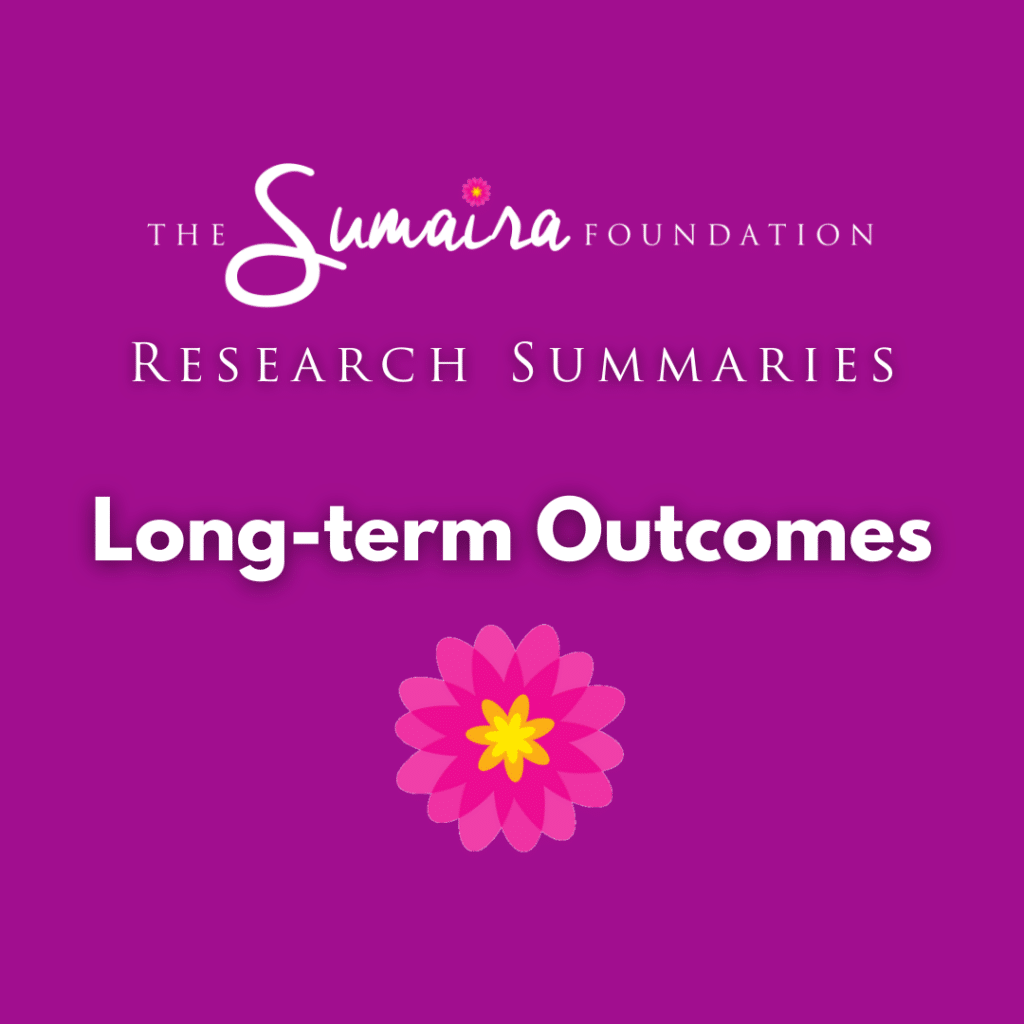
Journal: Journal of Neuroinflammation; November 1, 2016
Author(s): Florence Pache, Hanna Zimmermann, Janine Mikolajczak, Sophie Schumacher, Anna Lacheta, Frederike C. Oertel, Judith Bellmann-Strobl, Sven Jarius, Brigitte Wildemann, Markus Reindl, Amy Waldman, Kerstin Soelberg, Nasrin Asgari, Marius Ringelstein, Orhan Aktas, Nikolai Gross, Mathias Buttmann, Thomas Ach, Klemens Ruprecht, Friedemann Paul, Alexander U. Brandt & in cooperation with the Neuromyelitis Optica Study Group (NEMOS)
Mog antibodies in patients with NMO and related disorders: Damage to the visual system after optic neuritis
This study compared the long-term damage to the visual system after optic neuritis in MOG-IgG-positive (MOGAD) patients versus AQP4-positive (NMOSD) patients. No differences were seen in the extent of visual damage between the two groups —— visual impairment and damage to the visual nerve system are as severe in MOGAD as in NMOSD. In MOGAD patients, the cumulative damage may be driven by higher relapse rates, whereas in NMOSD patients, there may be fewer but more severe episodes of ON.
Free Access: Full text
read the Full Text

Journal: Journal of Neuroinflammation; November 1, 2016
Author(s): Sven Jarius, Ingo Kleiter, Klemens Ruprecht, Nasrin Asgari, Kalliopi Pitarokoili, Nadja Borisow, Martin W Hümmert, Corinna Trebst, Florence Pache, Alexander Winkelmann, Lena-Alexandra Beume, Marius Ringelstein, Oliver Stich, Orhan Aktas, Mirjam Korporal-Kuhnke, Alexander Schwarz, Carsten Lukas, Jürgen Haas, Kai Fechner, Mathias Buttmann, Judith Bellmann-Strobl, Hanna Zimmermann, Alexander U Brandt, Diego Franciotta, Kathrin Schanda, Friedemann Paul, Markus Reindl, Brigitte Wildemann; in cooperation with the Neuromyelitis Optica Study Group (NEMOS)
Mog antibodies in patients with NMO and related disorders: How often is the brainstem involved? What are the clinical features and outcomes in this case?
In this study, 15 of 50 (one-third of) patients with optic neuritis and/or myelitis who tested positive for MOG antibodies showed brainstem inflammation, accompanied by a range of symptoms. In cases with brainstem inflammation, the disease course was generally more aggressive than usual. As brainstem inflammation may take a serious or even fatal course in patients testing positive for MOG antibodies, physicians should pay particular attention to signs or symptoms of additional brainstem involvement in these patients.
Free Access: Full text
read the Full Text

Journal: Journal of Neuroinflammation; October 28, 2016
Author(s): Sven Jarius, Klemens Ruprecht, Ingo Kleiter, Nadja Borisow, Nasrin Asgari, Kalliopi Pitarokoili, Florence Pache, Oliver Stich, Lena-Alexandra Beume, Martin W. Hümmert, Marius Ringelstein, Corinna Trebst, Alexander Winkelmann, Alexander Schwarz, Mathias Buttmann, Hanna Zimmermann, Joseph Kuchling, Diego Franciotta, Marco Capobianco, Eberhard Siebert, Carsten Lukas, Mirjam Korporal-Kuhnke, Jürgen Haas, Kai Fechner, in cooperation with the Neuromyelitis Optica Study Group (NEMOS)
Mog antibodies in patients with NMO and related disorders: What populations are affected and how commonly? How do they manifest clinically and in imaging studies? What are the treatment responses and long-term outcomes?
MOG antibodies might be present and play a role in a subset of patients with neuromyelitis optica and related disorders. This study evaluated the populations demographics, clinical and radiological features, and findings of cerebrospinal fluid (CSF) and other tests. Among other findings, the results showed that the disease often followed a relapsing course and resulted in severe and/or persisting disability in a substantial number of cases. MOG antibodies need to be considered in both children as well as elderly patients; women are more frequently affected than men; attacks may occur during pregnancy and post-partum; and it is rare for patients to have other co-existing autoimmune conditions.
Free Access: Full text
read the Full Text

Journal: Journal of Neuroinflammation; October 27, 2016
Author(s): Sven Jarius, Klemens Ruprecht, Ingo Kleiter, Nadja Borisow, Nasrin Asgari, Kalliopi Pitarokoili, Florence Pache, Oliver Stich, Lena-Alexandra Beume, Martin W. Hümmert, Corinna Trebst, Marius Ringelstein, Orhan Aktas, Alexander Winkelmann, Mathias Buttmann, Alexander Schwarz, Hanna Zimmermann, Alexander U. Brandt, Diego Franciotta, Marco Capobianco, Joseph Kuchling, Jürgen Haas, Mirjam Korporal-Kuhnke, Soeren Thue Lillevang, in cooperation with the Neuromyelitis Optica Study Group (NEMOS)
Mog antibodies in patients with NMO and related disorders: How frequently are they detected? Are they associated with AQP4? When are they detected and how long do they stay in the blood?
MOG antibodies might be present and play a role in a subset of patients with neuromyelitis optica and related disorders. This study tested (i) the frequency of MOG-IgG in a large (mainly Caucasian) group of patients with optic neuritis (ON) and/or myelitis; (ii) the frequency of MOG-IgG among patients testing positive for AQP4 and vice versa; (iii) the origin and frequency of MOG-IgG in the cerebrospinal fluid (CSF); (iv) the presence of MOG-IgG at the first appearance of disease; and (v) the influence of disease activity and treatment status on MOG-IgG titers. The results showed that MOG-IgG is present in a substantial subset of patients with ON and/or myelitis, but not in classical MS. It is very rare that patients test positive for both MOG-IgG and AQP4-IgG. Serum MOG-IgG can be detected at the first appearance of the disease and remains detectable in the long-term disease course. Serum titers depend on disease activity and treatment status.
Free Access: Full text
read the Full Text

Journal: Frontiers in Neurology; August 21, 2020
Author(s): Susanna Asseyer, Graham Cooper, Friedemann Paul
A systematic review of pain in NMOSD and MOGAD
Pain is highly prevalent and debilitating in NMOSD and MOGAD with a severe impact on quality of life. Over 80% NMOSD and over 70% (estimated) MOGAD patients experience pain, including severe headache, eye pain, nerve pain (pins and needles, sensitivity to touch, burning sensations), muscular pain or spams, and pain from other autoimmune diseases that may coexist. This article reviews existing studies related to pain in NMOSD and MOGAD, including the pathogenesis and current treatment strategies. Acute pain due to optic neuritis seems to be particularly severe in MOGAD, while chronic neuropathic (nerve-related) pain is more severe in NMOSD. It does not suffice to treat the pain symptoms in isolation in NMOSD and MOGAD patients. Overall disease management with immunosuppressants tends to reduce pain. More holistic and effective pain-management strategies are needed.
Free Access: Full text
read the Full Text

Journal: Neurology Neuroimmunology & Neuroinflammation; March 17, 2020
Author(s): Hyunjin Kim, Eun-Jae Lee, Seungmi Kim, Lyn-Kyung Choi, Keonwoo Kim, Hye Weon Kim, Kwang-Kuk Kim, Young-Min Lim
Blood parameters (serum biomarkers) in MOGAD
This study aimed to test the differences in patterns of serum biomarkers in MOGAD versus AQP4-seropositive NMOSD. Three serum biomarkers — neurofilament light chain (NfL), glial fibrillary acidic protein (GFAP), and tau — were compared between patients in relapse and remission states and cross-checked against disability index scores. The patterns of serum biomarkers in MOGAD showed distinct features from those in AQP4-seropositive NMOSD, which shows that these two diseases have different pathogeneses.
Free Access: Full text
read the Full Text

Journal: Frontiers in Neurology; January 12, 2021
Author(s): Helen Cross, Farahna Sabiq, Nathalie Ackermans, Andrew Mattar, Shelly Au, Mark Woodhall, Bo Sun, Virginia Devonshire, Robert Carruthers, Ana Luiza Sayao, Virender Bhan, Alice Schabas, Jillian Chan, Marvin Fritzler, Patrick Waters, Anthony Traboulsee
A multi-ethnic Canadian group of patients testing positive for MOG antibodies
This study describes a multi-ethnic population of patients who tested positive for MOG antibodies at the University of British Columbia MS/NMO clinic. Patients who visited the clinic between 2005 and 2016, who were suspected to have NMOSD but did not test positive for anti-aquaporin4 antibodies, were retrospectively tested for MOG antibodies (retrospective group). The clinical data of all these patients and 20 MS patients as “controls” were reviewed retrospectively. Additional patients with MOG antibodies were identified through routine clinical interaction from 2016 through 2018 (prospective group). Two types of assays ̶ a live and a fixed cell-based was used to test for MOG antibodies. 21 of 146 patients in the retrospective cohort, 1 control, and 20 patients in the prospective cohort tested positive for MOG antibodies. The MOG antibody-positive patients in this multi-ethnic study showed similar characteristics to those discussed in previous studies, with some rarer features such as seizures. Many of these MOG-antibody positive patients relapsed and were left with significant disability. Positive anti-MOG antibodies can rule out MS in patients with an atypical clinical MS disease course.
Free Access: Full text
read the Full Text

